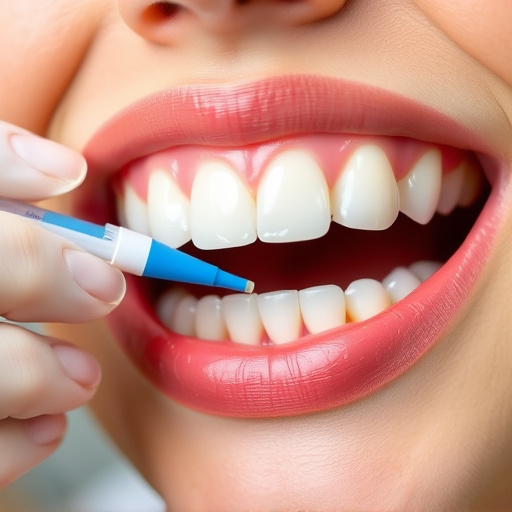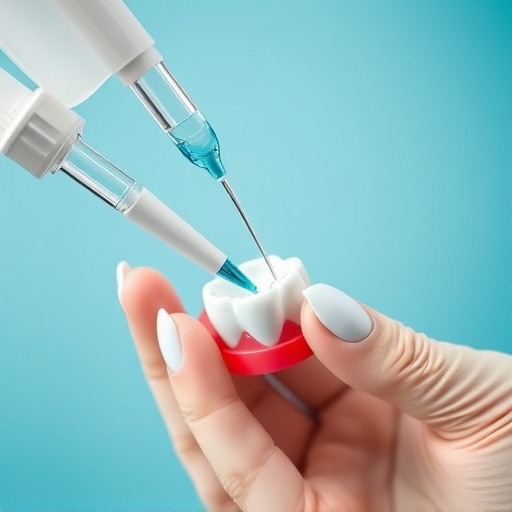Bone grafting treatment is a crucial procedure in dentistry, addressing bone loss after tooth extractions or gum disease. It involves replacing missing jawbone tissue with autologous (from another part of the body) or synthetic material to prevent structural issues and maintain facial aesthetics. Advances in techniques like local anesthesia, meticulous wound care, and medication have made the process more comfortable and accessible. This treatment is vital for maintaining optimal oral function, supporting surrounding teeth, and ensuring overall health, with a manageable recovery period involving rest, good hygiene, and a soft diet.
“Experience minimal discomfort with modern bone grafting treatments, a groundbreaking procedure gaining traction in medical circles. This article demystifies the process, offering insights into ‘bone grafting treatment’—its fundamentals, comfort-focused techniques, and patient eligibility. From understanding the basic science to exploring recovery paths, we guide you through every step. Whether you’re a patient seeking clarity or a professional eager to learn, this is your gateway to comprehending bone grafting’s role in modern medicine.”
- Understanding Bone Grafting Treatment: The Basics
- Minimizing Discomfort: Techniques and Management Strategies
- Who Needs Bone Grafting and What to Expect During Recovery
Understanding Bone Grafting Treatment: The Basics
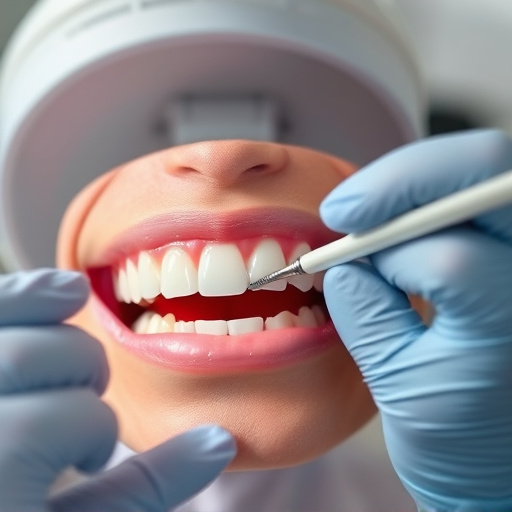
Bone grafting treatment is a procedure that replaces missing bone tissue with a material derived from another part of the body or a synthetic substitute. This process is crucial in various dental and oral surgeries, especially when restoring jawbones after tooth extractions, particularly wisdom tooth removal. The absence of bone can lead to significant structural issues and complications, affecting overall oral health and comprehensive dental care.
During a typical bone grafting procedure, the dentist or oral surgeon carefully removes a small amount of bone from another area of the mouth or uses donor bones (from tissue banks) or synthetic materials. This graft is then placed in the designated site to promote bone regeneration. General dentistry practices often offer this treatment as part of their services, ensuring patients receive comprehensive dental care solutions for optimal oral health and aesthetic outcomes.
Minimizing Discomfort: Techniques and Management Strategies
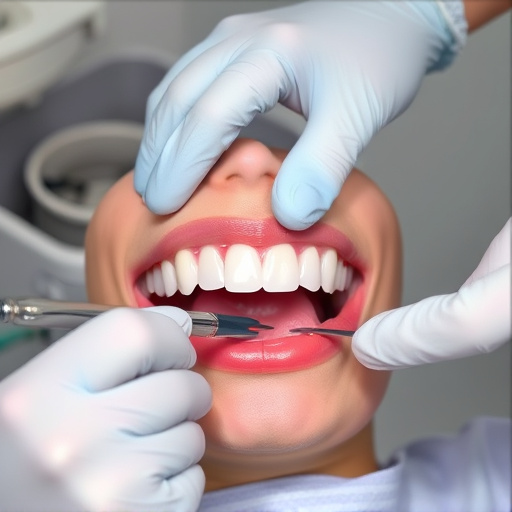
Bone grafting treatments have evolved to offer minimal discomfort, making it an increasingly accessible and preferred option for many patients. During a bone grafting procedure, surgeons use specialized techniques to ensure patient comfort. One common approach is to utilize local anesthesia to numb the treatment area, significantly reducing any sensation of pain.
Additionally, advanced management strategies are employed to further minimize discomfort post-procedure. This includes meticulous wound care, prescription of appropriate analgesics (pain relievers), and oral instructions to help patients manage any mild to moderate soreness effectively. The focus on these techniques allows for a smoother recovery process, ensuring that patients receive comprehensive dental care without unnecessary distress during and after their bone grafting treatment.
Who Needs Bone Grafting and What to Expect During Recovery
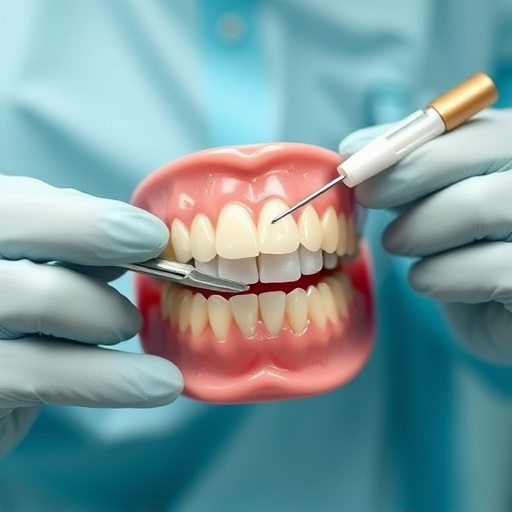
Bone grafting treatment is often recommended for individuals experiencing bone loss due to various factors such as tooth extraction, gum disease, or traumatic injuries. This procedure becomes crucial in restorative dentistry, cosmetic dentistry, and general dentistry when maintaining facial structure and supporting surrounding teeth is vital. It’s not just about aesthetics; robust bones ensure optimal oral function and overall health.
During recovery, patients can expect a period of healing where the grafted bone integrates with the existing bone structure. Discomfort is typically minimal and manageable through prescribed medications. Patients are advised to follow specific aftercare instructions, including maintaining proper oral hygiene, avoiding strenuous activities, and adhering to a soft diet for a few days to ensure a smooth recovery.
Bone grafting treatment, with its minimal discomfort, offers a promising solution for those in need of bone regeneration. By understanding the basics, recognizing effective management strategies, and knowing the appropriate candidates, individuals can make informed decisions regarding their dental or orthopedic health. This advanced procedure showcases a significant advancement in medical technology, ensuring patients experience less hassle during recovery while achieving optimal results.












